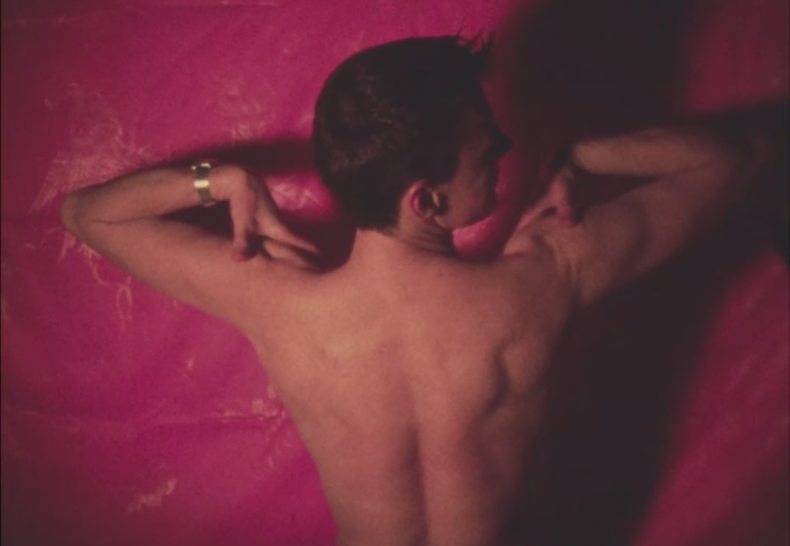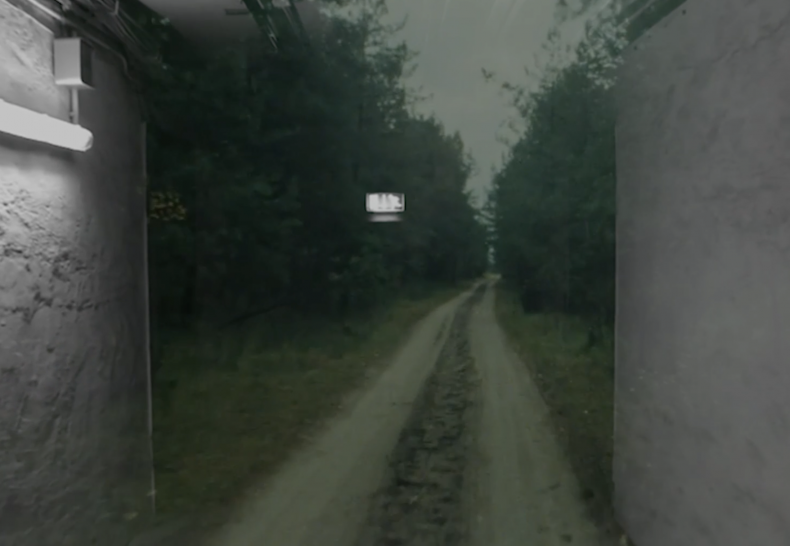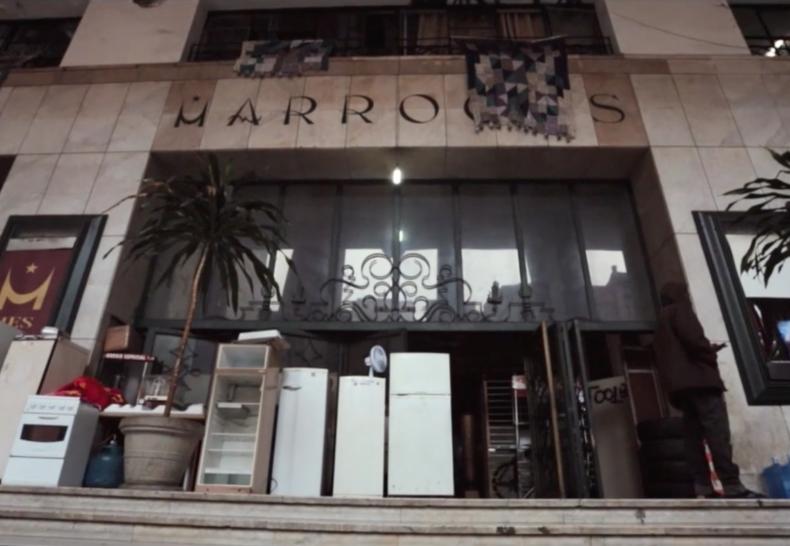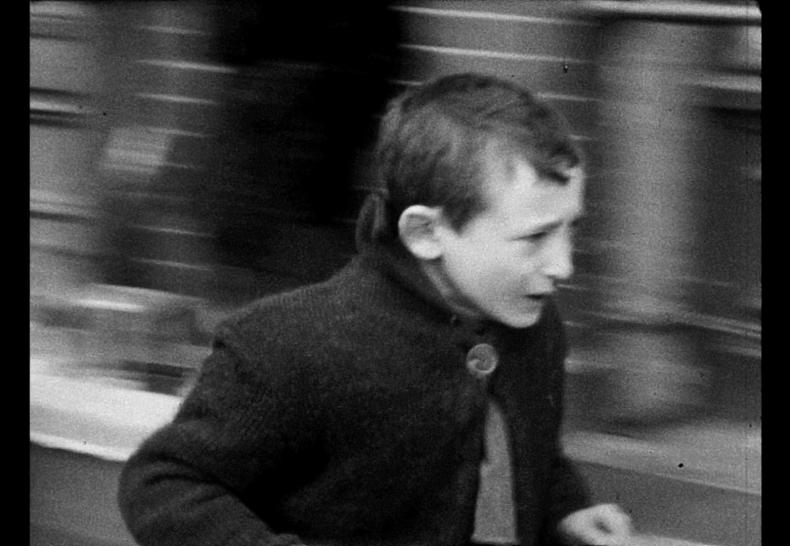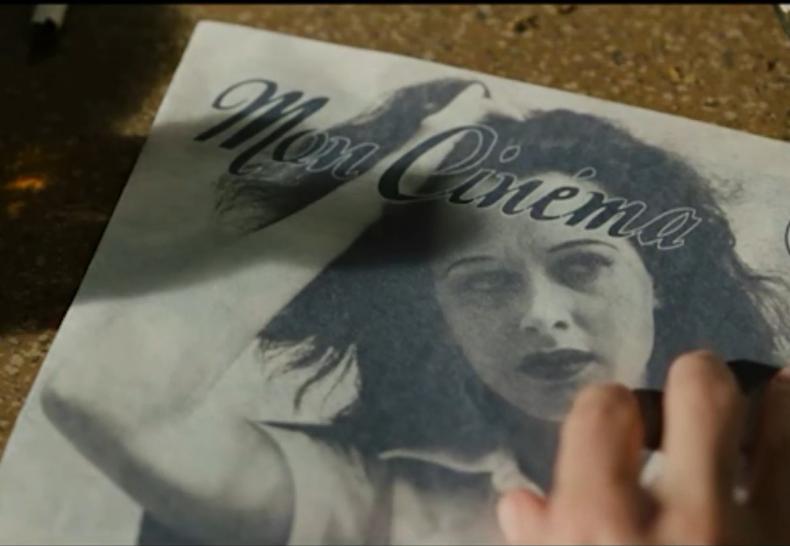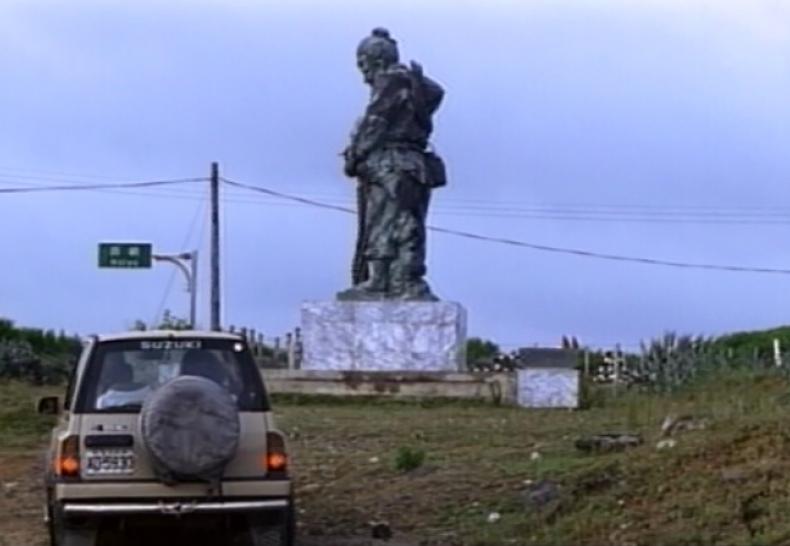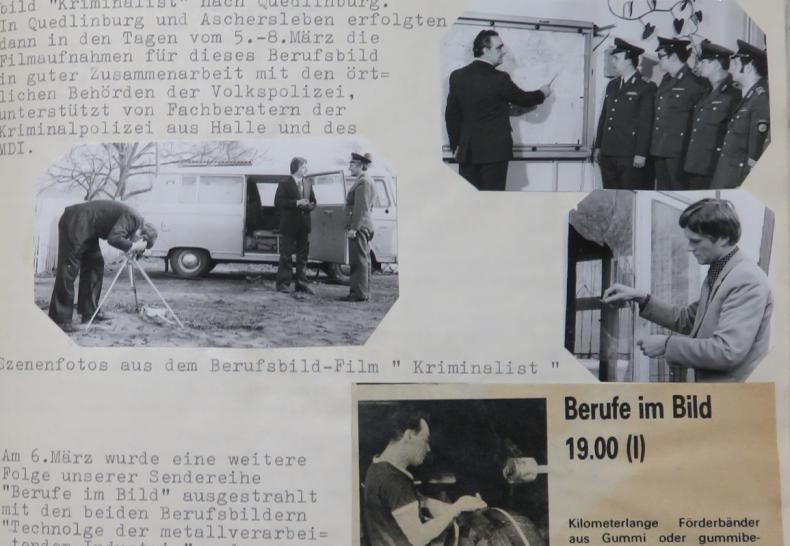Issue 4: Audiovisual Traces
Andrey Tarkovsky approached filmmaking as “sculpting in time,” which means that film is able to “capture time.” Furthermore, a film leaves traces through time that can be preserved, reproduced, recontextualized, as well as forgotten and lost. Along this line of thought, these audiovisual traces acquire both temporal and spatial dimensions, material and mnemonic capacities. Hence, for example, archival footage filmed in the German Democratic Republic and reused or recontextualized in the German post-reunification cinema can be approached as audiovisual traces, as well as cinematically established representations of the Holocaust that are carefully reproduced in contemporary fiction films like PERSIAN LESSONS (Vadim Perelman, 2020). The starting point of the fourth issue of Research in Film and History was thus framed through the following questions: How can the notion ‘audiovisual traces’ be conceptualized in regard to cinema and other audiovisual materials of various historical periods and national contexts? What functions can audiovisual traces have? What methods and approaches can be applied to study audiovisual traces? How can audiovisual traces be collected, evaluated, (re)interpreted, or even redesigned? The new issue brought together a bright spectrum of contributions that include both the understanding of films similar to Michèle Lagny as traces that are “the goal rather than the means of a reconstruction”1 as well as apply the concept of trace as an intermediary analytical tool.
Katharina Müller analyses in the article “Secret Publics: Preserving and Curating Audiovisual Traces of LGBTIQ+ Self-Documentation in Austria and Beyond” a rich material of activist films, campaign videos, and home movies that constitute a part of the Austrian Film Museum’s collection. Combining affect theory, methods of historical assemblage theory, and curatorial praxis, the author approaches this wide array of audiovisual traces as queer ephemeral media spaces and thus problematizing and exploring their in_visibility.
A different conceptualization of audiovisual traces is suggested by Evelyn Kreutzer and Noga Stiassny. Their multi-modal project “Digital Digging: Traces, Gazes, and the Archival In-Between” focuses on the concepts of trace and gaze as analytical paradigms of dealing with the (visual) history of the Holocaust. The authors suggest conceiving them as a gaze-trace entity, which resides in an in-between state. On a broader scale, the project reveals the potentials of a video essay as a method of studying audiovisual memory.
Marie Krämer explores the documentary film CINE MARROCOS (Ricardo Calil, BR 2018) that focuses on the case of an eponymic former host of Brazil’s first international film festival, nowadays a squat. Her article “Movie Theatre(s) of Memory: Audiovisual Traces, Reenactment and Remediation in CINE MARROCOS (BR 2018)” approaches the film as a tool for tracking the footprints left by the festival and by doing so analyses how reenactment and remediation can enable (re)reading and (re)writing of audiovisual traces.
In a similar vein to CINE MARROCOS, the film FLAT TYRE (Ming-Chuan Huang, TW 1998) analysed by Li-An Ko in her article “Destroyed Statues, a Bolex 16 mm Camera, and an Old Jeep: The Traces of History in FLAT TYRE” aims at recording vestiges, in this case destroyed and decaying public statues in post-martial law Taiwan. The author critically explores both layers that FLAT TYRE offers—the images of the statues as well as the meta-perspective, i.e., the shooting process showed in the film,—to critically discuss how it interprets the history of Taiwan by following these traces.
The film ACCEPTABLE LEVELS (John Davies, UK 1983) also presents a meta-construction, a mise en abyme. Dennehy Tadhg uses it as an example to explore the representation of the Northern Irish conflict. Deriving from the ideas of Linda Hutcheon on historiographic metafiction the article “’…will you show that on your British television?’ ACCEPTABLE LEVELS as Historiographic Metafiction: Problematising Historical Reconstruction” analyses how media engage in the processes of selection, production, and interpretation of audiovisual traces.
Yael Mazor critically discusses Christian Petzold’s films, and PHOENIX (DE 2014) in particular, conceptualizing them as a form of ‘archiveology’ (Catherine Russel) and combining this approach with Giorgio Agamben’s notion of gesture. Departing from this theoretical frame, the author argues further that the traces of the past in PHOENIX materialize through the consistent deconstruction and re-establishment of film historiography.
“Filmography of the Genocide: Official and Ephemeral Film Documents on the Persecution and Extermination of the European Jews 1933–1945” is a part of a documentary project ATROCITY FILM implemented by Fabian Schmidt and Alexander Zöller. Having found traces of film activities connected to the persecution and the genocide unleashed in Eastern Europe in 1941–1945 by the Germans, the authors gathered a detailed filmography that includes newsreels, films, and footage as well as an extensive thematic bibliography. An accompanying article supplemented by an interactive map and a great number of unique screenshots problematizes atrocity film and suggests to approach it through the concept of forensic cinema.
Dennis Basaldella focuses on the historiographical study of the work and legacy of the filmmaker Horst Klein. On the rich material of Horst’s diaries, the article “Work and Life: Toward a New Type of Biography” contributes to a better understanding of the interrelation between two presumably independent spheres of work and life. On a broader scale, the author critically analyses possibilities and confines of using diaries in a film historical research.
As the short overview shows, a special peculiarity of the current issue is the diversity of research formats and methods that range from more traditional theoretically informed articles to (film)historical inquiries or an audiovisual essay. Put together, these contributions track the possibilities and challenges of applying the concept of audiovisual traces in film studies and film history.
Tatiana Astafeva and Rasmus Greiner
Bremen, February 22, 2022
Suggested Citation: Astafeva, Tatiana, and Rasmus Greiner. “Issue 4: Audiovisual Traces. Editorial.” Research in Film and History. Audiovisual Traces, no. 4 (February 2022): 1–2. DOI: https://doi.org/10.25969/mediarep/18098.
- 1As formulated by Tom Gunning in D.W. Griffith and the Origins of American Narrative Film: The Early Years at Biograph (Urbana: University of Illinois Press, 1994), 2.

